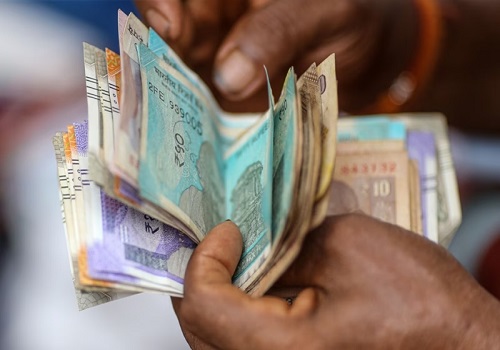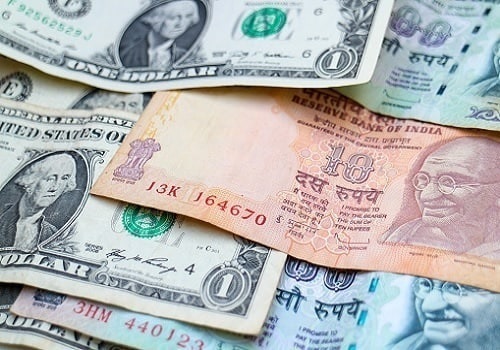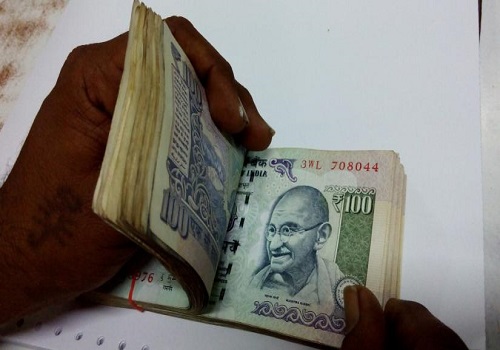Financial savings by Indian households shift away from bank deposits to capital markets

Financial savings by Indian households have shifted away from the conventional bank (including non-bank) deposits to capital markets, BofA Securities said in a report.
The former accounted for 39 per cent of total financial savings in FY2001 and capital markets could garner only 4 per cent of the total pie. In FY2023, corresponding figures stand at 37 per cent and 7 per cent respectively, the report said.
With improved financial literacy, savings parked into life insurance and provident and pension funds have risen steadily from 34 per cent of total in FY2001 to 40 per cent of overall financial savings in FY2023.
RBI’s latest data on quarterly movement of flow of financial assets and liabilities of households shows that in FY23, savings parked as currency has fallen from 12 per cent of total in FY22 to 7 per cent of gross financial assets in FY23. This is getting redistributed towards bank deposits which have risen from 22 per cent to 35 per cent of the total during the same period, the report said.
As of FY22, household savings in financial assets stand at Rs 28 trillion, twice the Rs 14 trn seen in FY12.
On an average, an Indian household holds 77 per cent of its total assets in real estate, 7 per cent in other durable goods (such as transportation vehicles, livestock and poultry, and machinery), 11 per cent in gold, the report said.
Share of physical savings in total household savings has steadily tapered from 69 per cent in FY2012 to 49 per cent in FY21. It, however, rose again to 61 per cent of total in FY22 and we expect to rise further in FY23 as well.
Accordingly, we expect total household savings in FY23 to surpass the level seen in FY22, owing to a further increase in physical savings, the report said.
Household sector plays a major role in the Indian economy as the supplier of financial resources in the form of savings, contributing 70 per cent to total gross domestic savings.
Household savings are broadly classified into financial and physical assets- accounting for 56 per cent and 44 per cent of total household savings respectively. Of the financial savings, bank and non-bank deposits account for 37 per cent and only about 8 per cent goes to shares & debentures.
Real estate is the largest component of physical savings at 77 per cent share and 11 per cent of total physical savings is in the form of gold, the report said.
Households are the mainstay of gross domestic savings, their contribution stood at 90 per cent of the total in FY2001. Household savings can be broadly classified into physical and financial assets. Physical savings account for 45 per cent of the total, the share has been trending down steadily from 55 per cent in FY2001.























